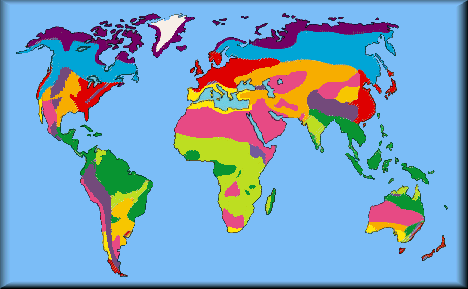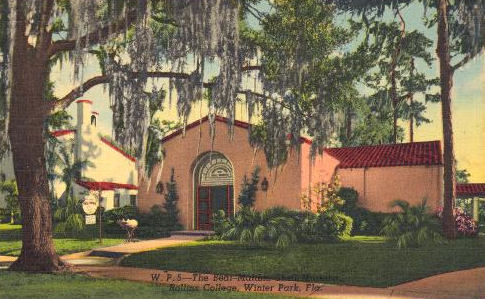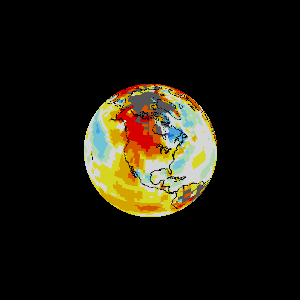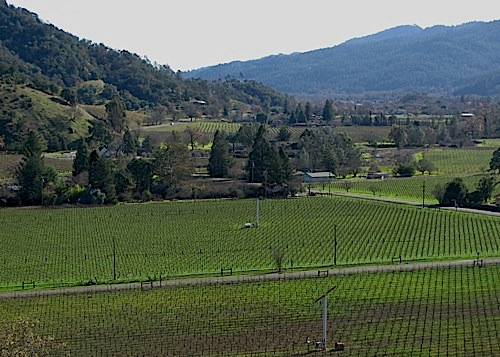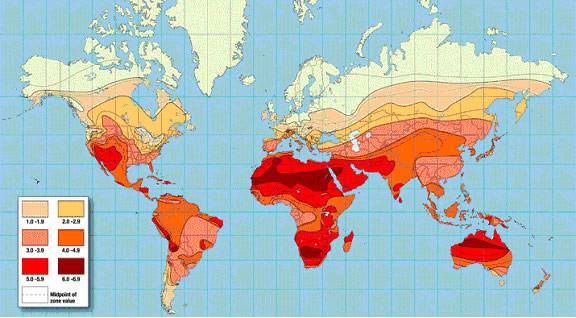

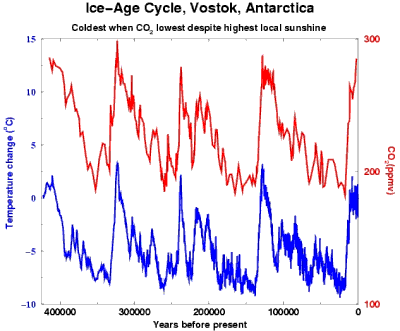

New
evidence | watershed | solutions | conclusion
Now if we consider the future of coastal regions with respect to global warming, growing population density, and congestion, there is a collision that became evident in the past two decades. A hurricane in New Orleans and a tropical storm in New York – New Jersey revealed the high risks, losses and lives at stake in our current ignorant policies about coastal conservation. Now with fierce November storms in the upper Midwest and the Philippine typhoon of 2013 the sheer level of unpredictable weather patterns due to abrupt changes in climate are becoming clearer. Both the intensity and frequency of these short term expressions of atmospheric instability are examples of climate chaos. Warmer seas and the collision of moist air with altered patterns of polar air currents late in Autumn, the potential for erratic and damaging weather events reveal the wisdom of adapting soon to abrupt climate change in order to save lives and reduce the costs of property loss.
The evidence is inescapable. The important concerns of water and soil moisture loss and excess water where either condition of drought and heavy rainfall exists will be less predictive in the future, because climate change is pervasive in altering current weather patterns from historically observed norms. People running out of water is not just a sudden inconvenience for football fans on a hot afternoon. Studies show both a slow extension of grassland replacing forests and a decline in water due to accelerated climate change in The Rocky Mountains, Florida, Texas, California, the desert southwest and even the southeast.
Shown here the Napa Valley vineyards require sufficient water year round to sustain a multi-billion dollar wine industry.Since our drinking water comes largely from extensive wooded watershed, often called spring-sheds, the forest and grassland meant for replenishing underground water supplies will grow more slowly and may be lost altogether if we don’t act to curb sprawling development’s inevitable cost of absorbing marginal farms, orchards and grazing pasture. In the warmer world, fallow land becomes of even more significant ecological value, even if the agronomic value declines as speculative demand for built-up land drives up prices. When the price of land for building exceeds that of agricultural uses, the fallow land is lost. With that loss goes, trees, permeable surface area, water and buffers against extreme weather shifts due to climate change.
Much of our water is needed for electricity and–of course—electricity is needed to pump water from place to place. We burn coal to produce that electrical power and that causes pollution. Much of that pollution is in the form of heat trapping gases that contribute to global warming. On hot days we run our air conditioners creating a summer peak demand for many Florida utilities. That raises the level of air pollution and requires more water.
There are solutions to these problems that we can fix for the good of your grandchildren and for the creation of good jobs tomorrow. Cities and counties in Florida from Miami-Dade, to Tampa and Jacksonville have put in place plans to reduce municipal energy consumption and water use so that heat trapping gas emissions are reduced. Transportation, which produces about half of the pollution that triggers abrupt climate change, can be far more efficient. Buses in New York and Washington run on natural gas. Sacramento and San Diego have extensive light rail systems. Los Angeles today has more extensive commuter rail lines with frequent service to its outlying suburbs than do Chicago, Boston or New York.
The map reveals those areas in red and deep maroon colors where solar radiation is sufficient to sustain a multi-billion dollar photovoltaic industry. But notice the areas where poverty and water shortages exist are optimal for the use of solar energy.As shown on the above map, the solar exposure annually across the world, reveals that southern and western communities can make real contributions to reducing pollution. But solar energy also reduces the demand for water and can be instrumental in saving open space for recreation, wildlife viewing, and vital services.
We can and should adapt to the coming climate chaos caused by our heat trapping gas pollution because American’s have been problem solvers. Solar electric and solar heating for water in the United States would employ local skilled and unskilled labor while reducing our peak electricity demands and save future customers money. By doing so we save energy, but we also can reduce our consumption of water, reduce our pollution and act in ways that can repair the ecosystem services we all need and from which wildlife and fisheries thrive. The ocean’s creatures are just a signal to us that our consumption is affecting the region’s landscape, soil moisture, water retention and even the Earth’s air and surface temperature exchanges.
In 2007, then Governor, Charlie Crist called for a twenty percent reduction in fossil fuel use and the switch to healthier energy sources copying then Governor Arnold Schwarzneggar. More significant changes in California's energy market due to new laws is another example of how a proper response to mitigating heat trapping gas that exacerbate climate change can improve people's living conditions.
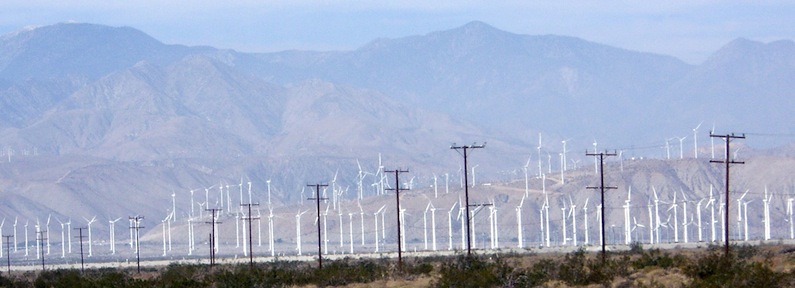
In the Southern California desert where water shortages exist mountain passes are optimal for the spread of wind energy–the fastest growing source of renewable electricity in the United States.Yes, you could ride your bicycle tomorrow but we need to invest in solar, wind, and geothermal energy today for a brighter, cooler future tomorrow. All of these forms of electrical energy require less water than we are using today with nuclear power and burning fossil fuels. It is time for a real change. Today's actions will to a very great degree create tomorrow's climate.
J. Siry
Rollins CollegePart of a longer talk to the University Club of Winter Park, May, 2013.
Monday, September 24, 2007; revised – 14 October 2012; and revised July 24, 2013 – November 20, 2013– JVS.Biodiversity and climate chaos
evidence | watershed | solutions | conclusion
Climate as a global commons in collision. 2012.
Archer | Christianson | Gelbspan | James Hansen, 04 : Hansen 06 | McKibben| Musil | Schmidt | Weart | Wigley
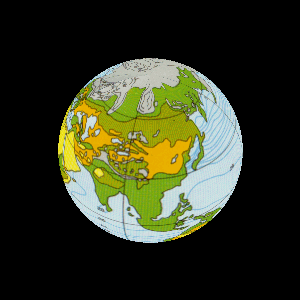
.gif)
